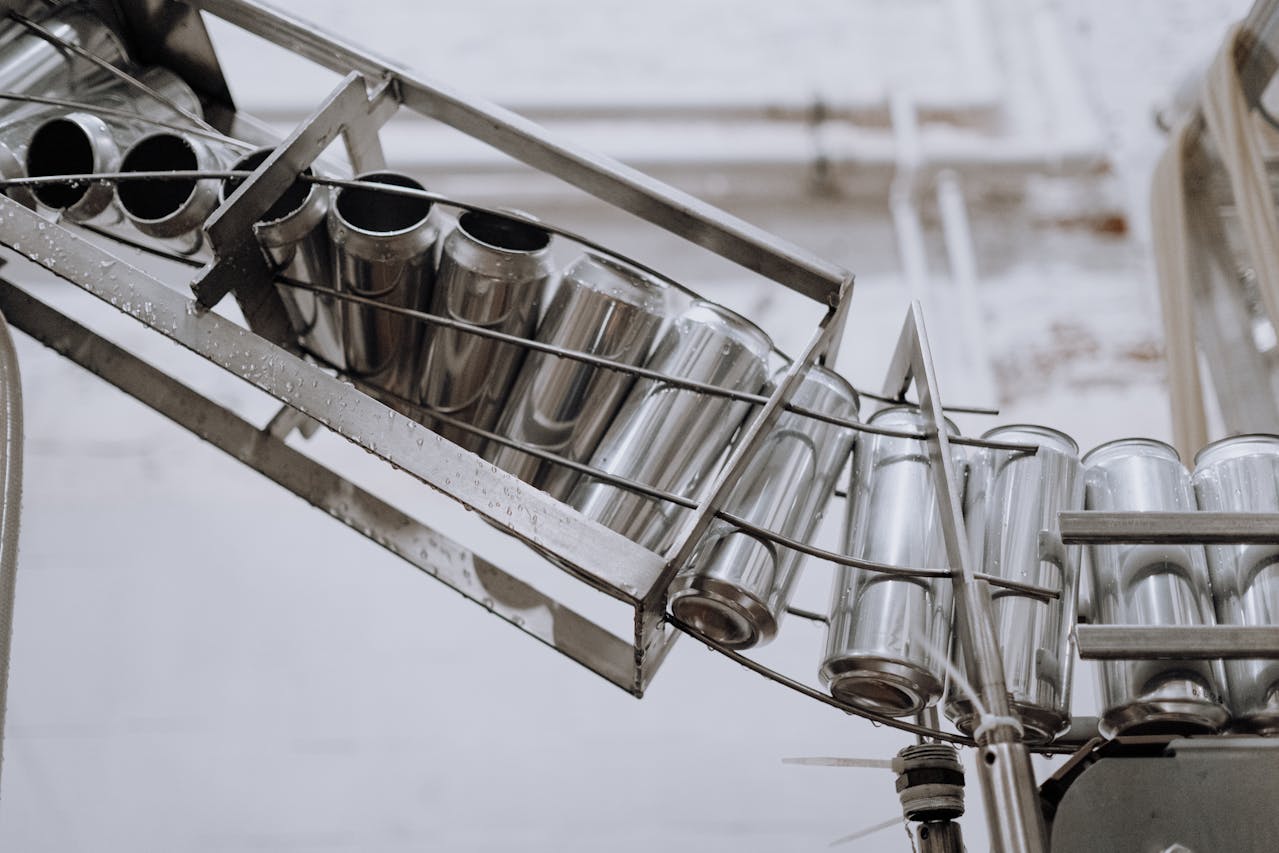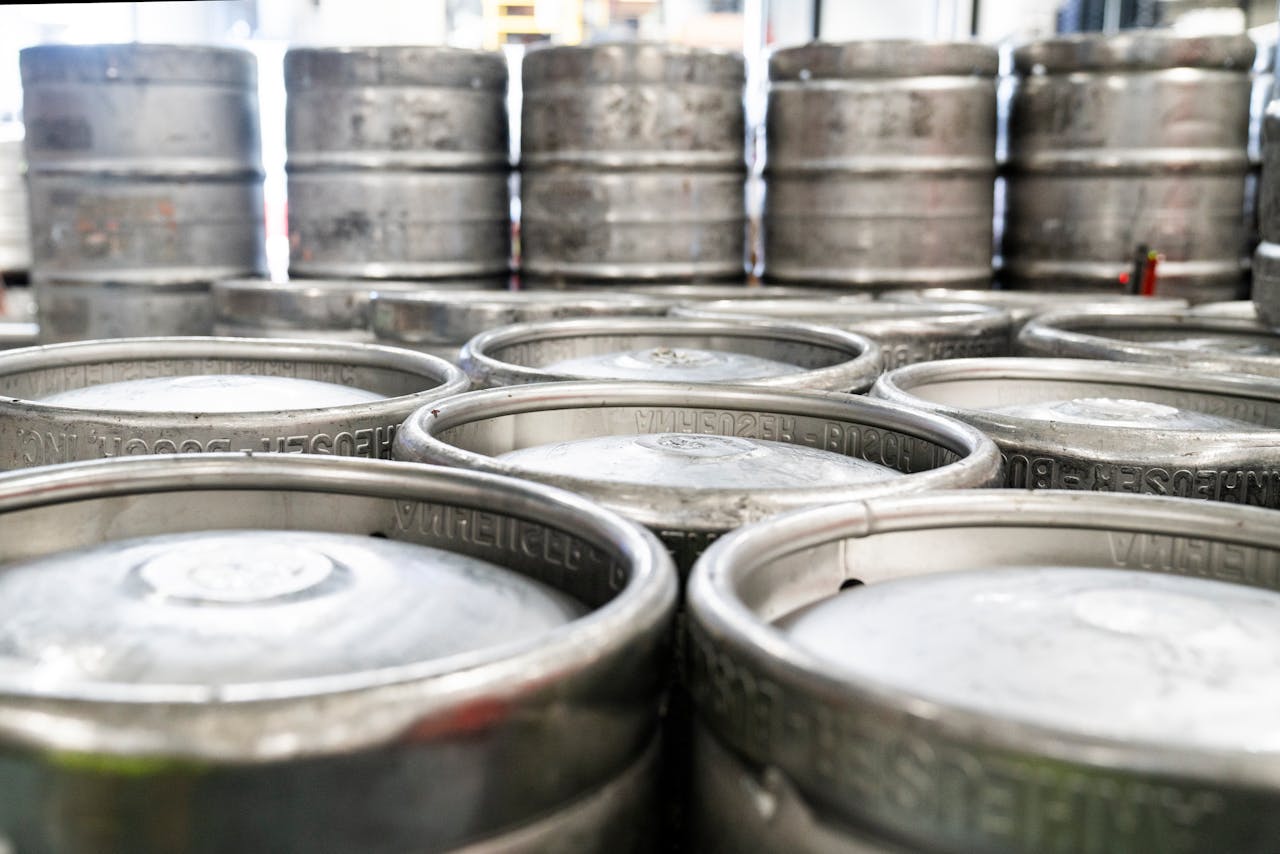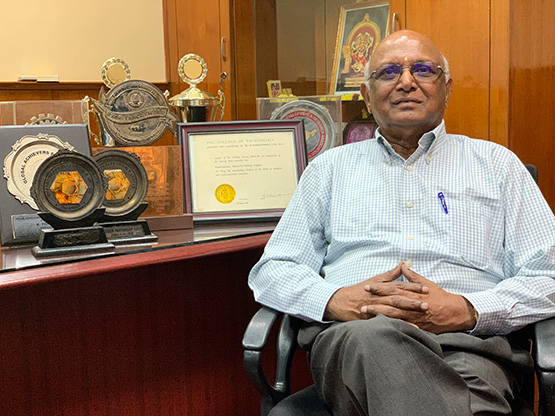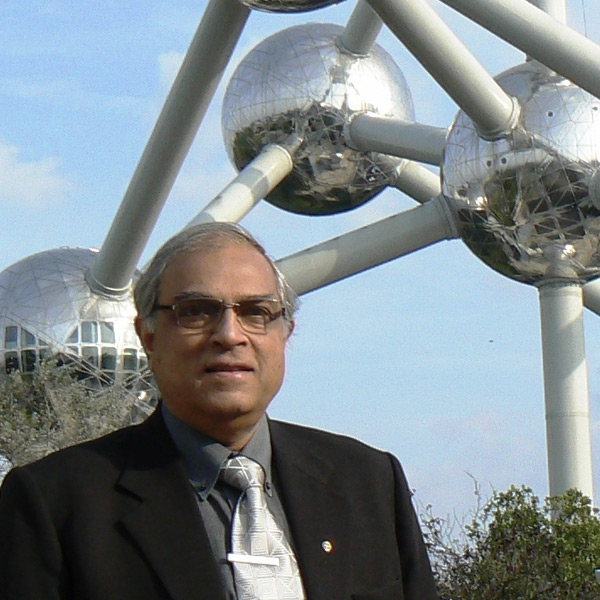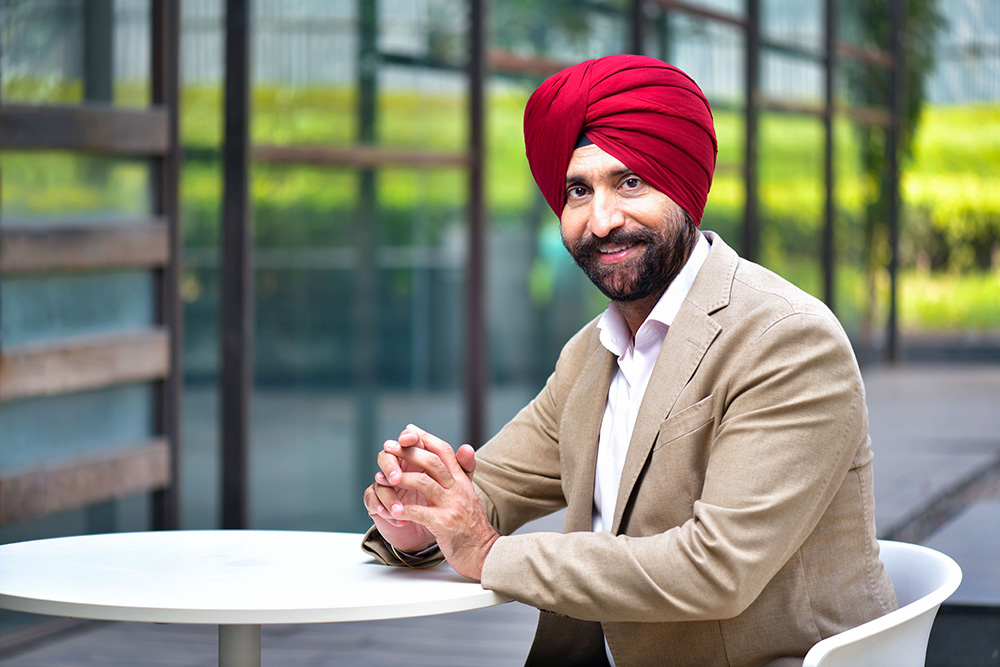With Director General, world steel association, Dr Edwin Basson
April 29, 2025
We attended the India Steel Conference in Mumbai, a gathering that brought together industry leaders and global visionaries from across the steel sector. During the event, Supriya Sundriyal from Corporate Communications got a chance to interact with the Director General of The World Steel Association (worldsteel), Dr Edwin Basson. A renowned chief economist and a seasoned observer of the steel and stainless steel industry’s evolution, Dr Basson shared valuable perspectives on India’s promising trajectory. Reflecting on the country’s growth, he said, “I think in India, we are probably at the start of a strong growth phase going forward, partly as a result of the Indian steel development overall, the growth of India as a developing nation and the growth of steel use, and therefore also stainless steel use in India. And here in India, particularly, is where the concept of stainless steel in street furniture really came into its own, and I think will continue to grow going forward.”

Director General, world steel Association, Dr Edwin Basson
First of all, we’d like to know about you and about your association.
Well, thank you for the invitation and it’s nice to be here in India with you. I haven’t got much to say about myself but about the industry.
This has really been a growing industry over the last 20 years or so.
The last 20 years have been mainly about what happened in China. But with the background of the strong growth in China, we have also seen some significant changes in the other parts of the world. Two significant changes.
In the more developed world, we saw a period of consolidation of the steel industry and strong growth in private ownership. And then in newly developing economies, India, in Africa, and in Middle East and Southeast Asia, we have seen a strong growth in new business development taking place. So really, three stories in one global story, which was all about growth of the industry and use of steel in many different applications.
You’ve been with WSA for more than a decade now, I think. How have you seen the evolution of the global steel industry over the decades? And how do you see it progressing over the next decade, especially with the increasing focus on green steel and sustainability?
Yes, I’ve been with the World Steel Association now for 12 long years. If there’s one thing that stands out, it is that the size of businesses have grown. In 12 years back, a big business was someone that produced 20 million tonnes. Now, the biggest in the world produces 135 million tonnes a year. So businesses have become significantly larger and that led to a new wave of new ways of managing the steel industry and a very, very strong focus on efficiency. Efficiency in technology, efficiency in manpower, and new developments in how steel is being used in the various application areas.
If we talk about stainless steel specifically, how do you think the stainless steel caravan has moved? And according to you, what are the trends or applications or regionalities that stand out for stainless steel?
In one level, the stainless steel sector developed in the same way as the carbon steel sector. Firstly, strong growth in China. Secondly, China making half of whatever happens in that sector.
And thirdly, particularly in stainless, very interesting developments around the raw material adjustments and new ways of making stainless steel, specifically coming from Indonesia. These, I think, were the three standout developments on the production side. On the demand side, new areas for stainless steel use have come forward.
One area, for instance, that is a new word that I heard only 15 years back or so was street furniture, bus shelters, developments in railway stations and so forth, where stainless steel particularly played an important role compared to other material.
What about India? How do you see the growth of stainless steel in India?
I think so far, the growth in India was very similar to what we’ve seen elsewhere. But I do think in India, we are probably at the start of a strong growth phase going forward, partly as a result of the Indian steel development overall, the growth of India as a developing nation and the growth of steel use, and therefore also stainless steel use in India. And here in India, particularly, is where the concept of stainless steel in street furniture really came into its own, and I think will continue to grow going forward.
How important, according to you, is life cycle costing?
I think it’s key. Eventually, for us on a global basis, as a global society, we are at the edge of consuming more than what this world on a global basis can provide on a regular basis. And therefore, we have to start looking very, very consciously about our impact on the environment.
And by that, I mean more than just emissions, air emissions and impact on water and so forth. It is really about how we think about designing for reuse, how efficiently can we recycle and reuse materials? And all of this comes into this life cycle equation, in my view.
And I think stainless, alongside with steel, but stainless particularly, as a very durable material, has a very significant role to play with these long cycles of use in stainless steel. And therefore, I think life cycle costing becomes a basic point that all of us have to focus on.
How do you think tech, AI and digitalization will play out in the industry, especially for stainless steel?
I think it has played already an important role. Digitalization, particularly, is just a transition or a stage in the transition path from first mechanical control and then electrical control, and then it became digital control of the technological process. And that eventually helped us to get into large data sets, which were analyzed.
And this now becomes, with the new word, artificial intelligence. As an industry, in both stainless and in carbon steel, we’ve been following these processes very, very carefully and very quickly, because that was the path to efficiency. And for us as an industry, we have always to be upwards of 97 percent efficient in order to just survive.
The competition is that strong on a global basis. And the rules are the same for stainless as well as for carbon steel.
What are your views about using green hydrogen in the production of stainless steel?
Green hydrogen has a role to play, particularly in the process of decarbonization for all of us. The problem with green hydrogen is that it is a very energy hungry process to produce the green hydrogen. And in that sense, we are all competing for the available energy sources at present.
And there’s not enough surplus energy available to generate green hydrogen, particularly not decarbonized energy. Personally, I think it’s going to be a number of years before, as a global society and even at the country level, we get to the point where green hydrogen is that available and that cheap that it can replace many of the other existing energy sources. I don’t see this happening overnight, but it is a program and a process that we have to strive towards and work towards over time.
Also, the political situation, is in a churn. How do you think the steel and stainless steel industry should handle this situation?
It’s in a way nothing new. If you go back 30, 40 years, this is the life of the steel industry in those days. We had a period of what people call globalization, where we were a lot more open and a lot more cooperative, as it were, on a global scale.
We are now getting back into regional caps and everybody wants to protect their own supply lines. The talk is about resilient supply lines after COVID. The epidemic played a very important role in making countries realize we have to make sure that we are somehow self- sufficient over time.
In that process, the current volatility that we see in the markets will be part of the future game. I don’t think we need to learn new skills.
What we need to know is make sure that we have the information, that we plan very well, whether we can produce something and sell it in a particular market, and don’t try and just move large masses of materials into markets without planning this very, very well in advance.
This industry, the steel and stainless steel industry, often it is seen as conventional or less appealing to younger professionals. How do you manage this situation? How do you attract talent and then retain them in the industry?
If I move from talent immediately to skills development, because I think this is the key question, and then I come back to talent. What we are beginning to see on a global basis now are skills gaps developing in different parts of the world. It’s different skills that are required in different countries.
In some of the older countries, there is a huge growing need for what we would call old skills, welding and boiler making and so forth. In those countries, young people didn’t want to go into these technologies. They all went into the electronic technologies.
But there is a strong return to a requirement for these technologies, and I’m sure that we will develop those skills over time. In younger countries, India, China, many of these older skills are adequately available. It cannot easily travel to the places where they are able to.
So in these countries, the development should be to upskill these older skills and make it more competitive in the modern society. Then there is a range of skills that we are requiring. We spoke about some of them, the skills to make use of digital equipment, of analyzing large data sets, of working with artificial intelligence.
This becomes an industry that has renewed itself and renewed its skill requirement over time as well. A large part of the employment gap that we begin to see is really not a lack of people, it’s a lack of the appropriate skills for the new business that we are in.
You’ve been with the industry for so long, so what are some of the profound learnings that you’ve learned in your journey through these years?
Firstly, you have to be efficient and remain efficient in order to stay sustainable. That’s a key rule. Don’t think because you’ve made it and you are efficient now, you will always be efficient, because workforces change, management changes.
Before you know it, 20 years down the line, you are not competitive anymore. So that’s the first thing, efficiency and competitiveness.
Secondly, this is an industry which I believe has a huge and a very attractive long-term potential.
Because it is so widely dispersed through modern society, there is literally not an element of modern society that does not require stainless steel or carbon steel, from very, very large-scale applications like construction to very, very small-scale applications like dentistry, equipment and so forth. And we are everywhere. So this is an industry with a very, very bright future, but it does not mean this is not going to be a very competitive industry. And I think we have to focus on being competitive, being efficient and remaining sustainable in the long run.
